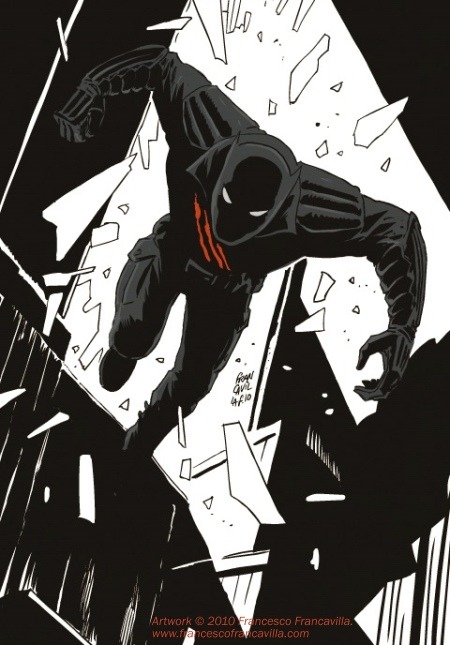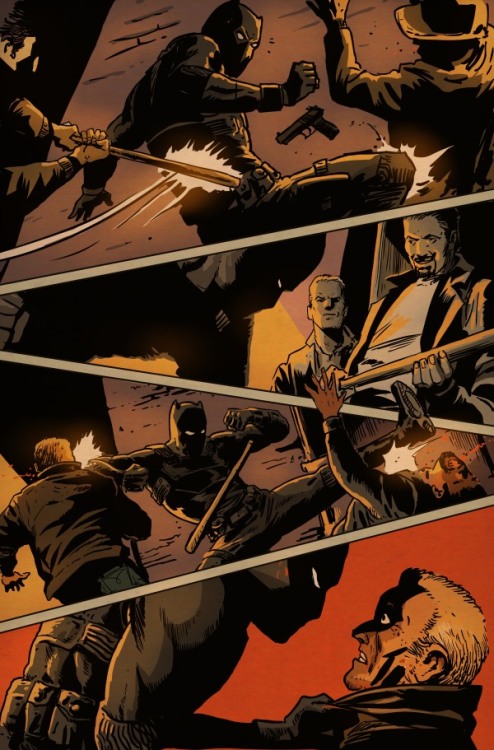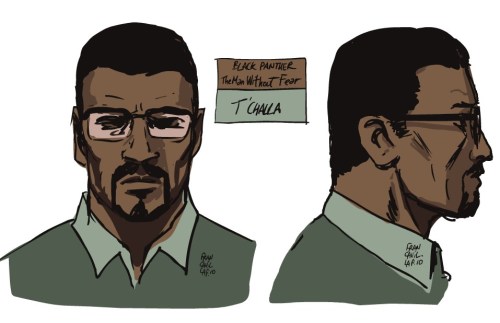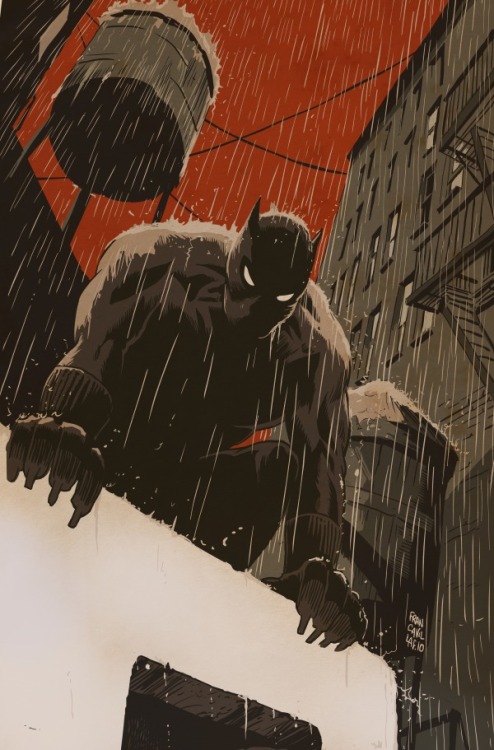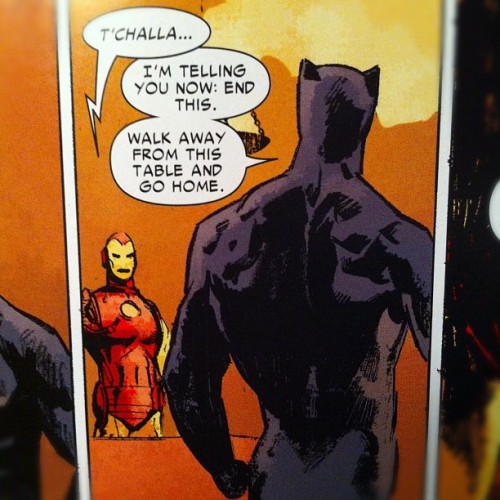Narrative Eye, producers of the New Book Black Tudors in Britain http://narrative-eye.org.uk/newbook.html is hosting a lecture series presented by Black History Walks.
The talks take place on Saturdays between 7 to 9pm on the following dates at an intimate, private venue not far from Walthamstow tube station on the Victoria line. Seats must be booked in advance viathinktank_27@yahoo.com
Sat 15 March 7-9pm
What were Black People doing in World War 1? An explanation of the crucial role Africa, Asia and the Caribbean played in WW1. Interviews with Jamaican WW1 veterans, West India Regiment in Palestine, black and asian fighter pilots, the Herero genocide, German colonies in Africa and how that affected geography and WW2
"I wanted to tell you that the lecture given by BHW at the Imperial War Musuem on 26th July was brilliant! When I came home, my parents were really excited about how much I had learnt...my Dad has always enouraged me to get a full picture of British history and until the lecture yesterday I hadn't fully realised how much of a void there is in the British History that is readily available at schools and Universities. I am a student at Lancaster University and I study the First World War but I knew nothing about the involvement of Black British Soldiers! " Faye Grimes
Sat 22 March 7-9pm
The Black Image A very revealing presentation and film which shows how the image of African people has been deliberately altered by Europeans to show negativity. In the 15th century African people were portrayed in European art as noble, sophisticated and intelligent. With the rise of Empire these images were thrown out and replaced with demeaning stereotypes which still inform public opinion via children’s books and Hollywood movies..
Sat 26 April 7-9pm
How to Brainwash the Youth and make them act like Fools ! An in-your-face seminar aimed at young adults to illustrate how they are conditioned via Hollywood movies, music videos, computer games and advertising to act dumb and love it. This presentation uses popular and mainstream culture combined with a black history perspective. Scary Movie, Predator,Soulja Boy, Lil Wayne,Futurama, Disney,300, GTA,Pussycat dolls, Mariah Carey, Nelly, Etana,Lord of the Rings, Pirates of Caribbean, Manhunter all make an appearance
'I have been meaning to write you all week to thank you for the informative and thought-provoking session you held for ACD students last week. It was tremendous.What was really satisfying is that you held their attention throughout the 3 hour session even in the not ideal situation of being cramped into the foyer space due to the projector being taken by another organisation. Brenda King, African Caribbean Diversity Group
Sat 17 May 7-9pm
Medical Apartheid: 400 years of European experiments on African bodies A review of the scientific experiments and research performed on black people to refine various drugs and medical treatments for use with white people This presentation will draw on Harriet Washington's book of the same name, various documentation from World Wars 1/2, Aboriginal history, Vietnam, US Prisons and Porton Down. It covers: *Radioactive People: North Africa and the Pacific *Birth and Crowd Control: The South African Solution, Project Coast *National Security Memorandum 200 *Vic Mackie and Congressional Inquiries *The 'War on Drugs', Haiti and Jamaica *The Mau Mau, Kenya and the Brixton Riots The Black History of Comedy
Sat 24 May 7-9pm
The Black History of Comedy: Comedians often use history as part of their material. In this interactive session we piece together a visual tapestry of the best historical comedy from great known and unknown comics from the 1960's to now We will also place their comical observations on a historical timeline of international struggle for African equality and show how comedy can be educational. Be prepared to laugh your head off and learn about world history at the same time. (Some swearing and scenes of sexual nature)
Sat 31 May 7 to 9pm
Ten Black History Walks in Two hours ! The director of www.blackhistorywalks.co.uk will show highlights from the 5 existing and 5 new African history guided tours. This virtual tour will explore 3500 years of black history through Londons' high streets and back alleys.



